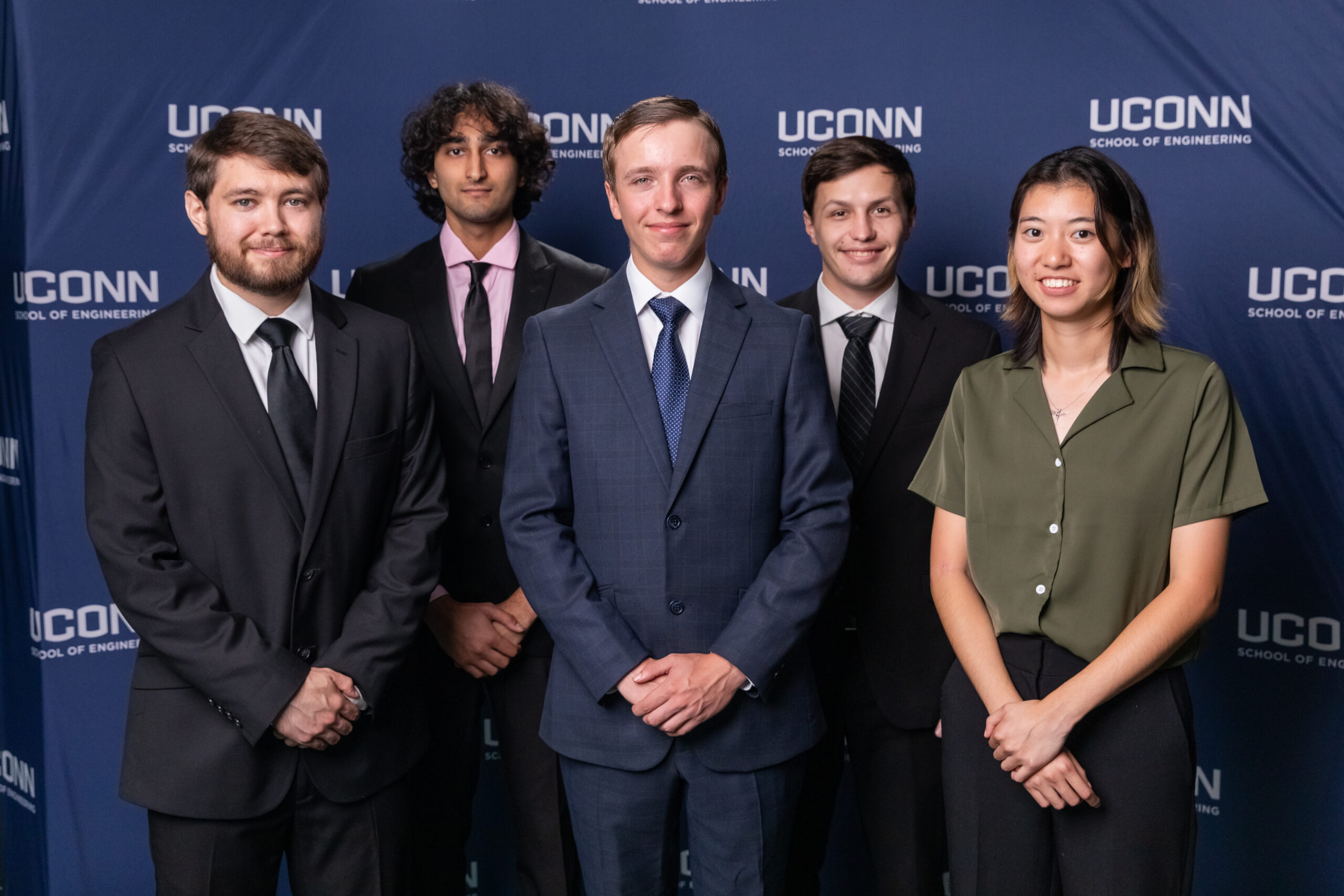

This video contains proprietary information and cannot be shared publicly at this time.
Figure 1

Figure 2

Team 3
Team Members |
Faculty Advisor |
Nicholas Jefferson |
Mu-Ping Nieh Sponsor UConn College of Engineering |
sponsored by
Sponsor Image Not Available
AI-assisted design of copolypeptide hydrogels
Hydrogels are a cross-linking network of amino acid chains that form to create a porous and elastic solid. Their tunable properties, which influence mechanical strength and biodegradability, make them applicable in various fields such as contact lenses, cosmetics, and drug delivery. In the current market, testing the hydrogelation of a hydrogel, also known as its ability to hold water, is a complex and time-consuming process due to the multitude of potential combinations and the diverse range of characteristics they exhibit. Our project objective is to produce an artificial intelligence model that predicts the hydrogelation of a hydrogel based on its amino-acid composition. We wrote an optimization program to analyze circular dichroism spectroscopy (CD-spectra) data to determine the secondary structure composition of an amino acid chain. Secondary structures arise from the formation of cross-links between amino acids. One of these secondary structures, beta sheets, signifies hydrogel formation due to internal cross-linking. Kinetic profiles tracking the cross-linking polypeptide formation validate this data on hydrogelation. Our machine-learning model learned patterns from kinetic profiles and secondary structure compositions to create a hydrogelation prediction boundary. The prediction boundary tells us if a hydrogel is likely to hydrogelate. This prediction boundary can be improved with a more diverse data set with a wider range of pH and temperatures. The efforts put into this project will work to reduce the amount of research and experimentation necessary to predict hydrogelation.
